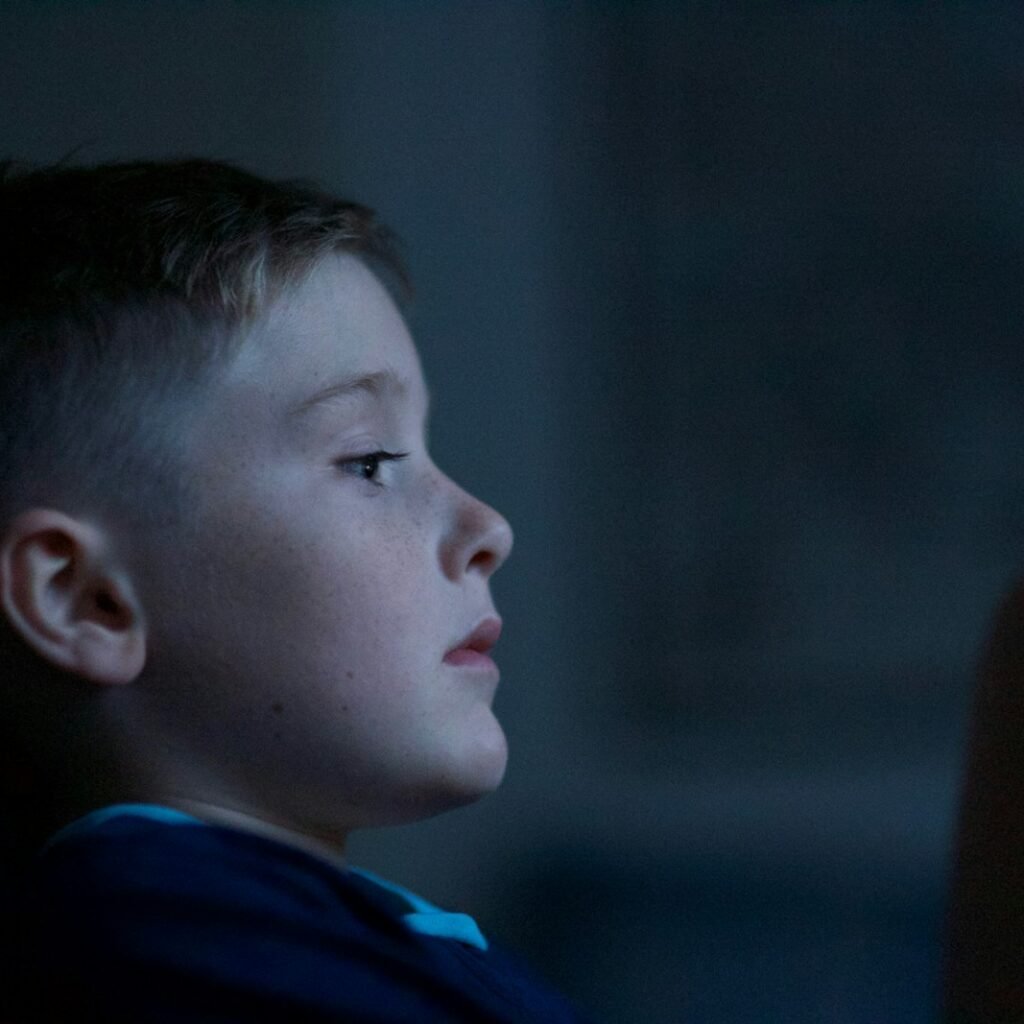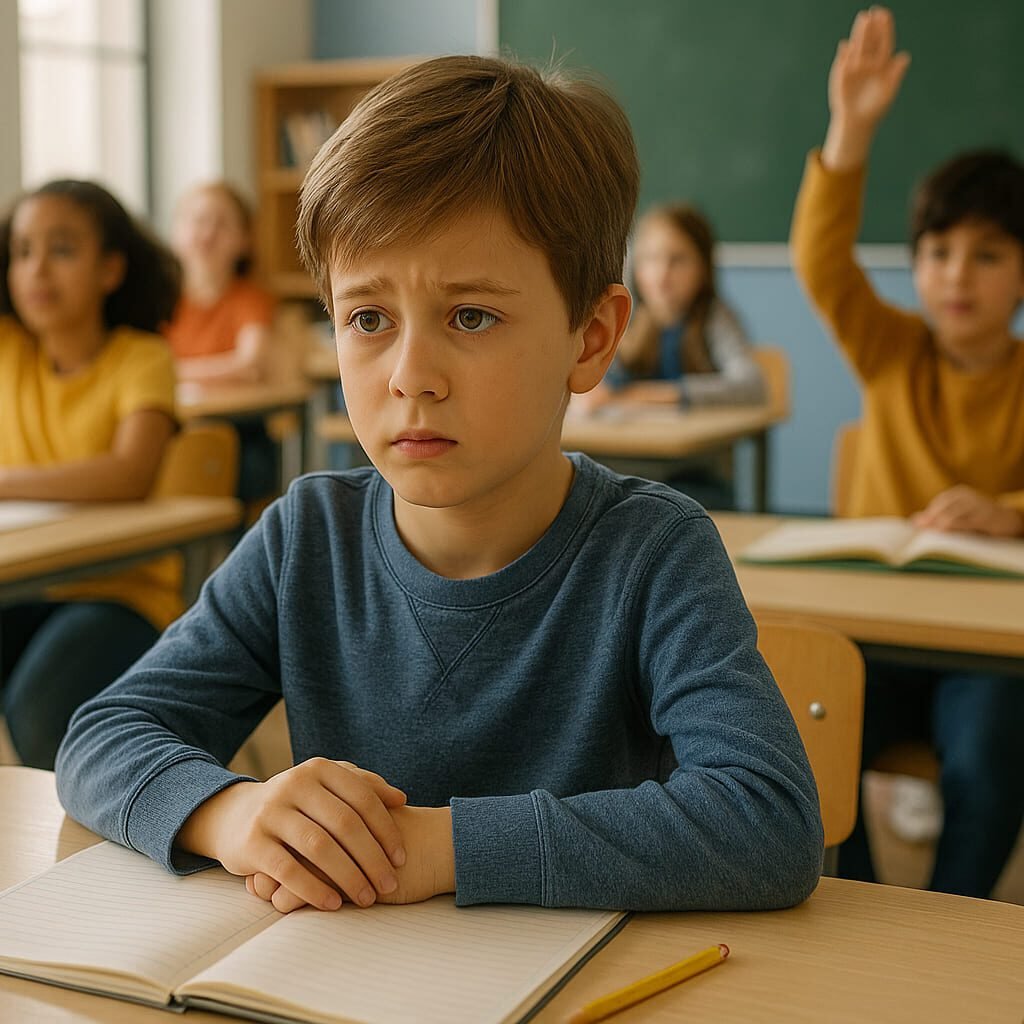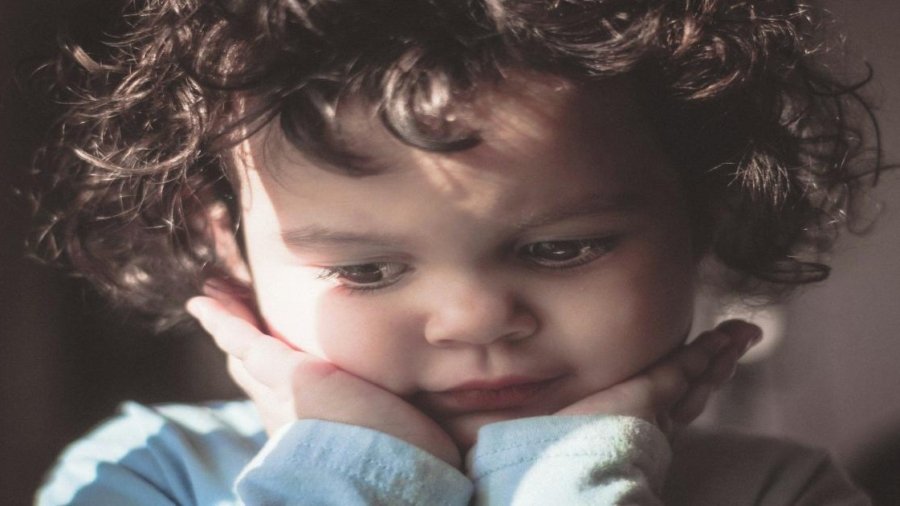Anxiety in children can be subtle, persistent, and deeply misunderstood. While some children voice their fears openly, many more show their distress through behavior, withdrawal, or physical complaints. For parents, the challenge lies not in caring—but in recognizing the signs that signal something deeper is happening beneath the surface.
This article is designed to help parents understand what childhood anxiety really looks like, how it differs from everyday worry, and why early recognition makes all the difference.
What Is Anxiety in Children?
Anxiety is not just a phase or a personality trait—it is a biological response to perceived danger. In children, this can be triggered by anything from school pressure to social fears or separation from caregivers. When anxiety becomes chronic or interferes with daily life, it requires thoughtful support.
As explained by the Child Mind Institute, anxiety in children often presents differently than in adults, making it critical to observe patterns, not just isolated behaviors.

Key Signs and Symptoms of Anxiety in Children
Anxiety symptoms in children tend to cluster into three areas: physical, emotional, and behavioral. The following are common indicators to watch for.
1. Physical Symptoms
- Frequent headaches or stomachaches, often without a clear medical cause
- Muscle tension or restlessness
- Difficulty falling or staying asleep
- Fatigue or feeling unwell before stressful events
A 2024 article from Children’s Health notes that many anxious children visit pediatricians repeatedly for unexplained physical complaints.
2. Emotional Symptoms
- Excessive worry or fear about future events
- Fear of making mistakes or being judged
- Irritability or frequent mood swings
- Low confidence or negative self-talk
Anxious children may ruminate over minor events, struggle with perfectionism, or experience intense fear about being separated from caregivers—even in familiar settings.
3. Behavioral Symptoms
- Avoidance of school, social settings, or new experiences
- Clinging, refusal to sleep alone, or regression to earlier behaviors
- Reassurance-seeking (“Will everything be okay?” repeated often)
- Sudden outbursts, especially when transitioning between tasks
Common Types of Anxiety in Children
Understanding what kind of anxiety your child might be experiencing can help tailor your response.
- Separation Anxiety: Excessive fear of being apart from parents or caregivers
- Social Anxiety: Fear of embarrassment or judgment in group settings
- Generalized Anxiety: Constant worry about a wide range of topics
- Phobias: Intense fear of specific objects or situations
- Panic Symptoms: Sudden, overwhelming fear accompanied by physical symptoms
In our post Understanding Emotional Dysregulation in Children, we explain how anxiety can often coexist with emotional outbursts and difficulty controlling feelings—making accurate identification even more essential.
When Anxiety Goes Unnoticed
Anxious children are often labeled “shy,” “sensitive,” or “stubborn.” But behind these labels may be a child doing their best to manage overwhelming feelings with limited tools.
Ignoring anxiety can lead to:
- School refusal or declining academic performance
- Difficulty forming friendships
- Depression or low self-worth
- Long-term avoidance behaviors
Research shared in the Child Mind Institute’s 2024 guide confirms that early recognition is critical for preventing anxiety from becoming entrenched into adolescence or adulthood.

What to Do If You Suspect Your Child Has Anxiety
If these symptoms feel familiar, here are supportive steps you can take:
✔️ Start With Gentle Conversations
Use open-ended questions like, “Have you been feeling nervous about anything lately?” Create a space where feelings are allowed and accepted.
✔️ Document Patterns
Keep a log of when symptoms appear. Look for connections to certain people, places, or times of day.
✔️ Validate, Do Not Dismiss
Avoid saying “You are fine” or “Just stop worrying.” Instead, try “I see this is really hard for you” or “That sounds scary—want to talk more?”
✔️ Connect With a Specialist
If symptoms persist for several weeks or begin to interfere with sleep, school, or relationships, consult a pediatric mental health professional.
To learn more about supporting your child in anxious moments, our article Calming Techniques for Anxious Children outlines gentle, research-backed ways to ease their distress.
Final Thoughts: Recognition Is the First Step
Anxiety in children is treatable. But before it can be treated, it must be seen. By tuning into both subtle and overt signs, you can be the lifeline your child needs. Understanding what anxiety looks like is not about labeling—it is about listening, guiding, and being present in a child’s most vulnerable moments.



Add a Comment